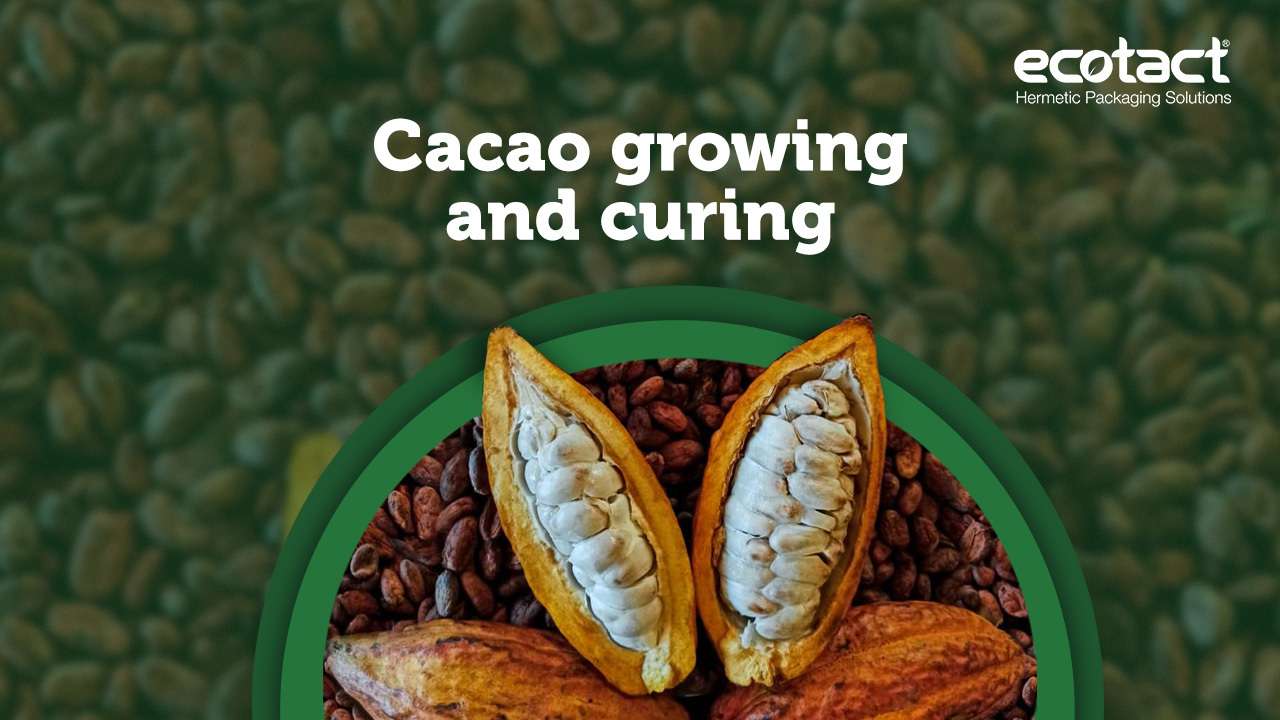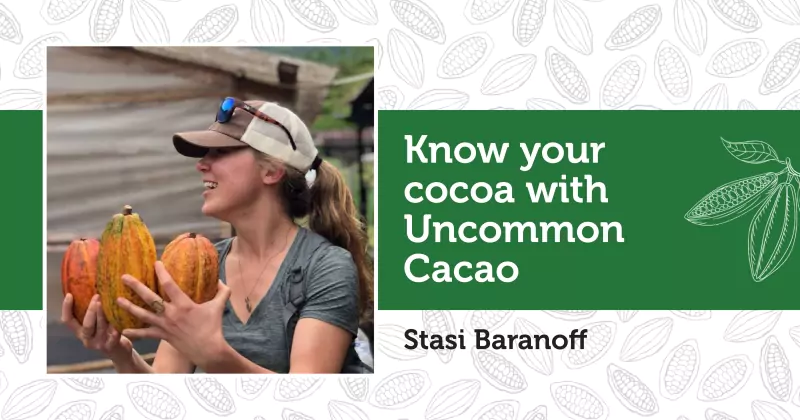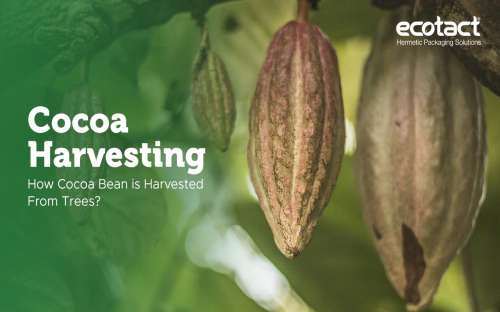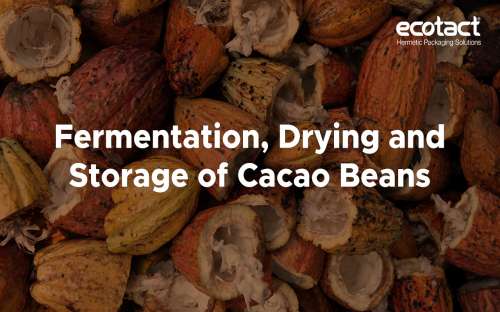The Perfect Recipe For High Quality Beans
What makes the best chocolate? The many stages between picking and packing are essential in getting a pod-fect cacao bean! These processes start right from the beginning: choosing the right places to grow cacao trees. Cacao trees thrive in tropical and subtropical climates since temperature plays a big part in the fostering of the tree - the warmer the better. After the seeds grow, fertilizers, pruning and the right plucking tools are needed to ensure the upkeep of the tree.
High quality upkeep equals high quality beans!
Cacao Harvesting: The Process
From here begins the harvesting process: this includes picking and pod separation. Cacao picking is a tricky process as it is very hard to correctly estimate an unripe pod. Unripe pods don’t have fully developed flavors and aromas - ripeness can occur differently for different pods, even those in the same tree. Different ripening times means different flavor profiles for each bean. When ripe beans are identified, they are hand-picked from the trees either with machetes or specialized knives. These hand-picked pods are then laid out for separation. The beans are split and are separated on the basis of perfectly ripe or over/under ripe. The quality check guarantees that the right beans are used during the next steps.
Cacao Fermentation: An Important Step
The next crucial step is fermentation. Fermentation is critical to enhancing the natural flavor of the beans. The cacao beans are fermented in large, wooden boxes called “sweatboxes”. The first 48 hours of being placed in these sweatboxes is what is known as the anaerobic phase of fermentation. Here, the yeast and pulp around the beans turn into acid. After these 48 hours, the anaerobic process begins where the temperature goes up and the enzymes inside the beans release, which gives the cacao beans the distinctive chocolate flavor. Almost 33% of wet cacao weight is lost in this process.
Drying The Beans: Quality Matters
The fermented beans are then laid out to dry. There are two types of drying techniques employed by farmers: sun drying and artificial drying. With sun drying, racks or trays of cacao beans are laid out under the sunlight to dry. This is cheaper, but exposes the beans to insects and pollution. Artificial drying is when the beans are dried mechanically in a controlled environment - which is safer, but more expensive. Drying is imperative to taste - if the drying is too fast then beans become acidic and bitter, and if too slow, are prone to fungal contamination.
The biggest enemy to these dried beans are moisture, pollution, and fungus. To maintain the safety and quality of the beans, they can be stored in vacuum packing bags, hermetic grain storage bags or hermetic containers.
From Plants To Plates
Now that the cacao beans have been ripened, picked, fermented and dried to perfection, it’s time to package the beans to be turned into delicious chocolate! Safe transportation of these beans requires the freshness and flavor of beans to remain intact. Vacuum packing bags or hermetic storage bags are the solution for this.
Ecotact: Locking The Freshness In
Ecotact Hermetic Storage bags, Ecotact Sterile Vacuum bags and Ecotact Hermetic FIBC storage containers are designed to ensure the freshness of the beans are locked in, as they are transported from one end of the world to another. Our hermetic grain storage bags are crafted specifically for this purpose. With 9 layers of protection, they ensure the beans remain fresh till they reach customers across the globe.
 Spanish
Spanish
 English
English French
French


